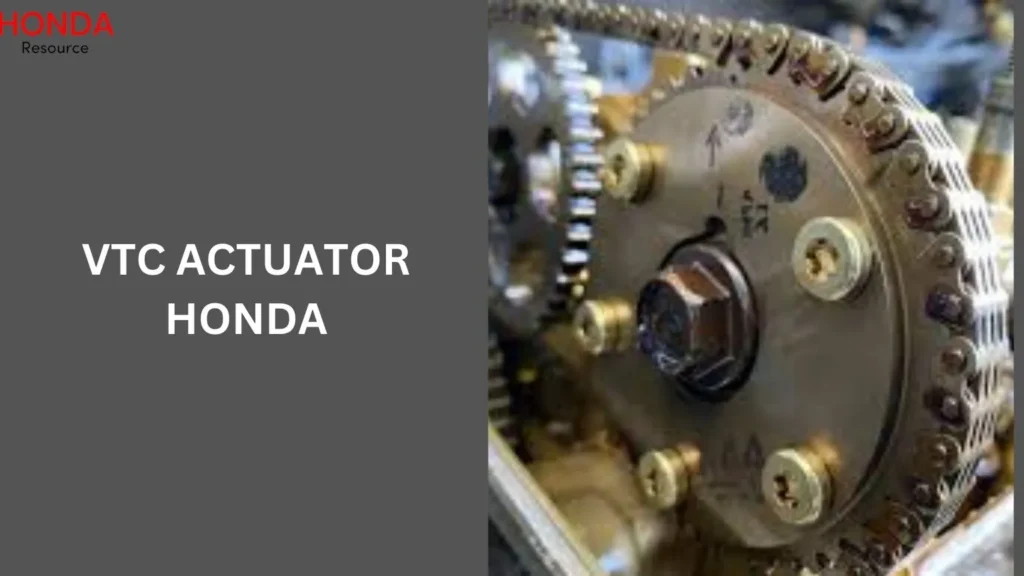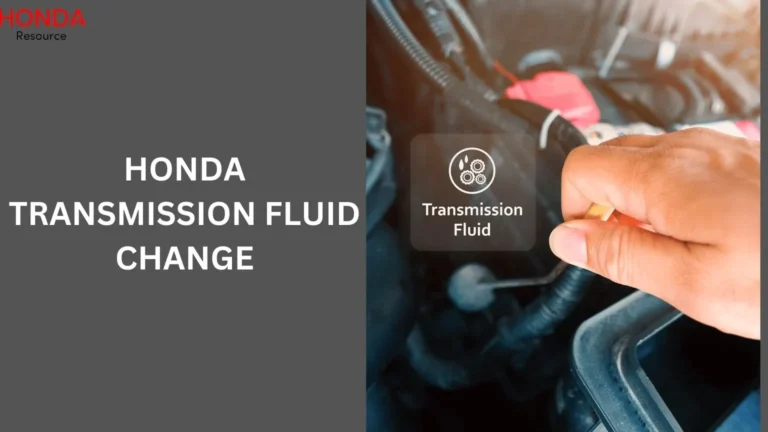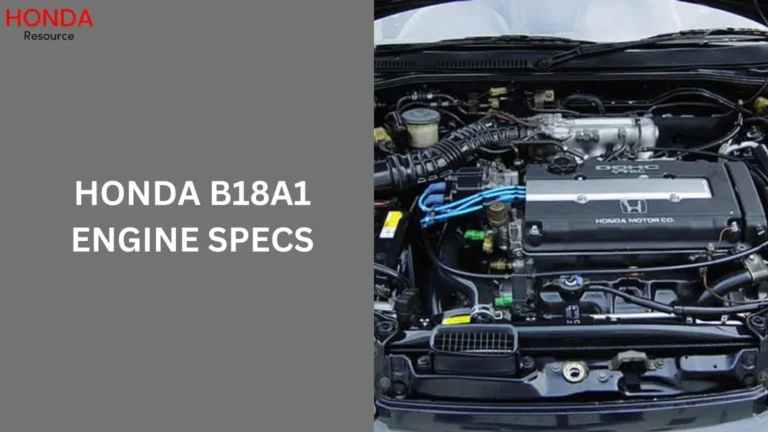VTC Actuator Honda: Its Importance & Functionality Explained
The Variable Timing Control (VTC) actuator is a critical component in modern engines, designed to optimize performance, improve fuel efficiency, and reduce emissions.
In this guide, we’ll dive into what the VTC actuator is, how it works, common issues, and maintenance tips.

What is a VTC Actuator?
The VTC actuator (Variable Timing Control actuator) is a part of the engine’s variable valve timing system.
It controls the timing of the intake and exhaust valves, allowing for better engine performance, improved fuel efficiency, and reduced emissions.
By adjusting the timing, the VTC actuator helps the engine respond better to different driving conditions.
Overview of the VTC Actuator
The VTC actuator is a part of the engine’s variable valve timing system, which adjusts the timing of the intake and exhaust valves to enhance engine performance.
By altering the valve timing, the VTC actuator allows for more precise control of the engine’s air-fuel mixture, leading to better combustion and improved efficiency.
How the VTC Actuator Works
The VTC actuator works by rotating the camshaft in response to signals from the engine control unit (ECU). This rotation changes the timing of the valve openings, allowing the engine to adapt to different driving conditions.
Whether you’re accelerating on the highway or idling at a stoplight, the VTC actuator helps ensure that your engine runs smoothly and efficiently.
Common Issues with VTC Actuators
The VTC actuator is a sophisticated component, but like any part of a vehicle’s engine, it can experience problems over time.
Understanding these issues can help you identify symptoms early and take action to avoid further damage to your engine. Below are some of the most common problems associated with the VTC actuator.
Signs of a Failing VTC Actuator
Like any mechanical component, the VTC actuator can experience wear and tear over time. Some common signs that your VTC actuator may be failing include:
- Engine noise: A rattling or ticking noise from the engine, especially during startup, may indicate a problem with the VTC actuator.
- Poor performance: If your vehicle is sluggish or unresponsive, it could be due to a malfunctioning VTC actuator.
- Check engine light: A faulty VTC actuator can trigger the check engine light, signaling the need for inspection.
Diagnosing VTC Actuator Problems
Diagnosing issues with the VTC actuator typically involves using a scan tool to read any error codes from the ECU. These codes can point to a specific problem with the VTC system, such as a stuck actuator or a timing issue. In some cases, a visual inspection of the actuator may be necessary to check for signs of wear or damage.
Maintenance and Replacement of VTC Actuators
Maintaining your VTC actuator is essential for ensuring the longevity and performance of your vehicle’s engine.
Regular upkeep can help prevent common issues, while timely replacement is necessary when the actuator begins to fail. Below, we’ll cover key aspects of maintaining and replacing the VTC actuator.
Maintaining Your VTC Actuator
Regular maintenance is key to keeping your VTC actuator in good working condition. Here are some tips to help extend the life of your VTC actuator:
- Use quality oil: The VTC actuator relies on engine oil to function properly. Using high-quality oil and changing it regularly can help prevent sludge buildup and keep the actuator running smoothly.
- Inspect regularly: Regularly inspecting your engine for signs of wear or damage can help catch VTC actuator issues before they become serious problems.
When to Replace the VTC Actuator
If your VTC actuator is showing signs of failure, replacement may be necessary. It’s important to address any VTC actuator issues promptly to avoid further damage to your engine.
While replacing the VTC actuator can be a complex task, it’s essential for maintaining your vehicle’s performance and efficiency.
People also ask
What is a VTC actuator?
A VTC actuator (Variable Timing Control actuator) is a component in an engine’s variable valve timing system.
It adjusts the timing of the intake and exhaust valves, optimizing engine performance, fuel efficiency, and emissions.
By rotating the camshaft based on signals from the engine control unit (ECU), the VTC actuator ensures that the engine runs efficiently under various driving conditions.
How much does it cost to replace a VTC actuator?
Replacing a VTC actuator typically costs between $500 and $1,200, including parts and labor.
The exact price can vary depending on your vehicle’s make and model, as well as labor rates at your local repair shop.
What is the Honda VTC actuator lawsuit?
The Honda VTC actuator lawsuit involves claims that certain Honda vehicles have defective VTC actuators, causing a rattling noise during engine startup and potentially leading to engine damage.
The lawsuit alleges that Honda was aware of the defect but did not adequately address it, leading to costly repairs for owners.
The case seeks compensation for affected vehicle owners and a recall to fix the issue.
Will Honda replace the VTC actuator for free?
Honda may replace the VTC actuator for free if your vehicle is under warranty or if there is a recall related to the issue.
However, outside of warranty or recall, the cost is typically the owner’s responsibility. It’s best to check with a Honda dealer to see if your vehicle qualifies for a free replacement.
Conclusion
The VTC actuator plays a crucial role in optimizing your engine’s performance and efficiency. By understanding how it works, recognizing the signs of failure, and performing regular maintenance, you can help ensure that your VTC actuator continues to function properly.
If you’re experiencing issues with your VTC actuator, don’t hesitate to seek professional help to diagnose and resolve the problem.

I’m Henry Leclerc, a passionate professional car mechanic with a deep love for Honda cars. With years of hands-on experience and extensive knowledge about all Honda car models, I’ve created this website to share my expertise and help fellow Honda enthusiasts keep their vehicles in top-notch condition.






